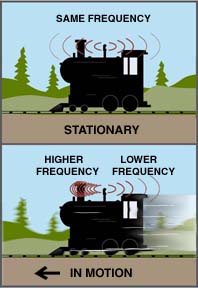A train whistle is an everyday example of a Doppler shift.
Click on image for full size
The Doppler Effect
The Doppler effect was named after Christian Doppler, who first came up with the idea in 1842. He learned that sound waves would be pushed closer together if the source of the sound was moving toward you. He also learned that the sound waves would get further apart if the source was moving away from you.
An example of the Doppler effect is a train. When a train is moving and blows it's whistle, you can hear the change in pitch when the train goes by. When it is comes near you the whistle sounds higher than normal and when it passes you it sounds lower than normal.
The Doppler effect doesn't just apply to sound. It works with all types of waves. This includes light. Edwin Hubble used the Doppler effect to determine that the universe is expanding. Hubble saw that light from other galaxies had a lower frequency than it should. The light he saw was red-shifted. If the other galaxies were approaching us, the light would have been blue-shifted.
Doppler radars also help meteorologists learn about possible tornadoes.
You might also be interested in:

What types of instructional experiences help K-8 students learn science with understanding? What do science educators teachers, teacher leaders, science specialists, professional development staff, curriculum designers, school administrators need to know to create and support such experiences?
...more
Christian Doppler was an Austrian mathematician who lived between 1803-1853. He is known for a principle he proposed in 1842. This is now known as the Doppler Effect. He thought that the pitch of a sound
...more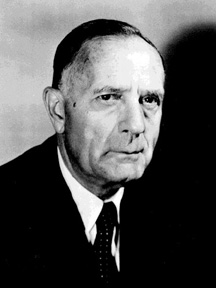
Edwin Hubble was an American astronomer who lived between 1889-1953. He spent a lot of time looking at groups of stars and planets, called galaxies, and trying to explain their motion. He found that all
...more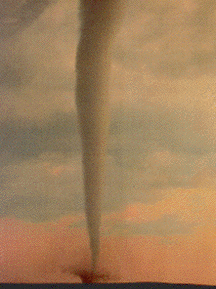
Tornadoes form from severe thunderstorms. They are very destructive because they have a high energy density. They also don't last very long. This makes it hard to learn about them. Since scientists don't
...more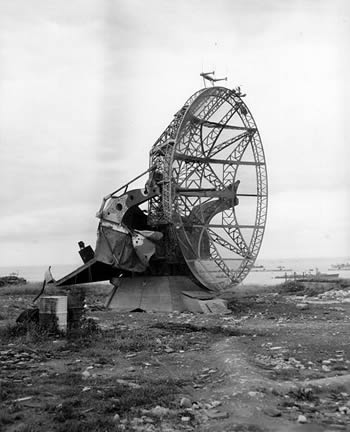
Radar was developed during the early 20th century. The idea of a radar device was around for a long time, but the technology wasn't available to make it work. One of the biggest advances came as the result
...more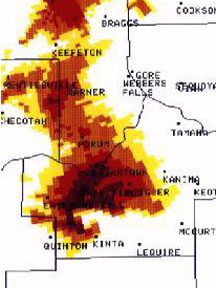
Wind does not have an effect on radio waves. Wind cannot affect radio waves because the air particles associated with wind are far too small for the radio wave to bounce off of. Radio waves can only bounce
...more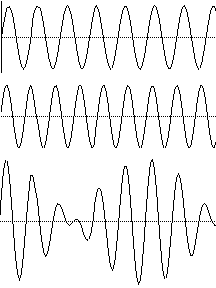
Sound travels in waves. When the waves hit your ear, you hear a sound. Have you ever noticed the waves in the ocean? They go up and down, up and down. Sound waves act the same way. The number of times
...more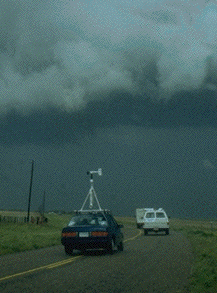
Storm chasers are different than storm spotters. Chasers travel around Tornado Alley looking for severe storms and tornadoes. Sometime there are dozens of chasers following the same storm. All kinds of
...more


